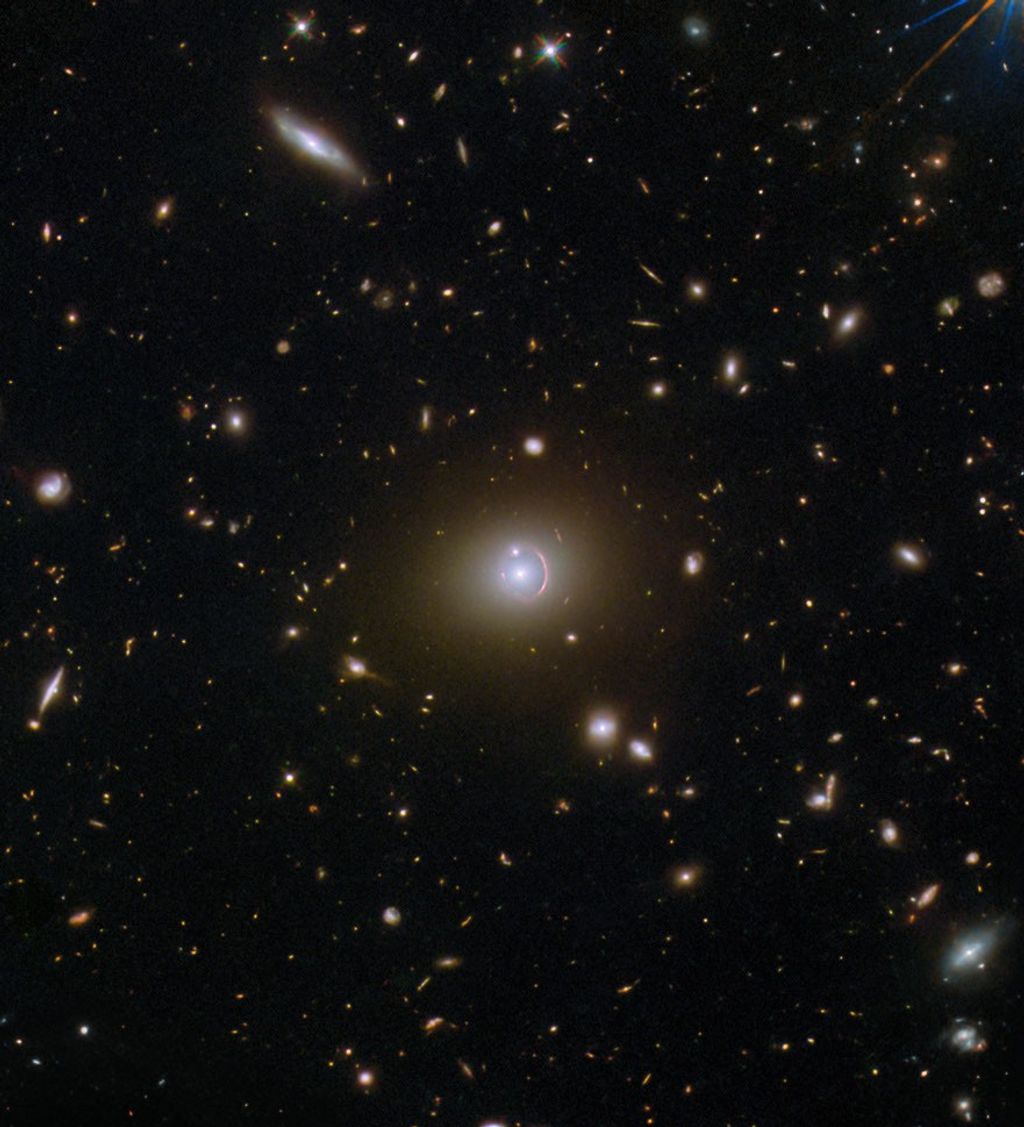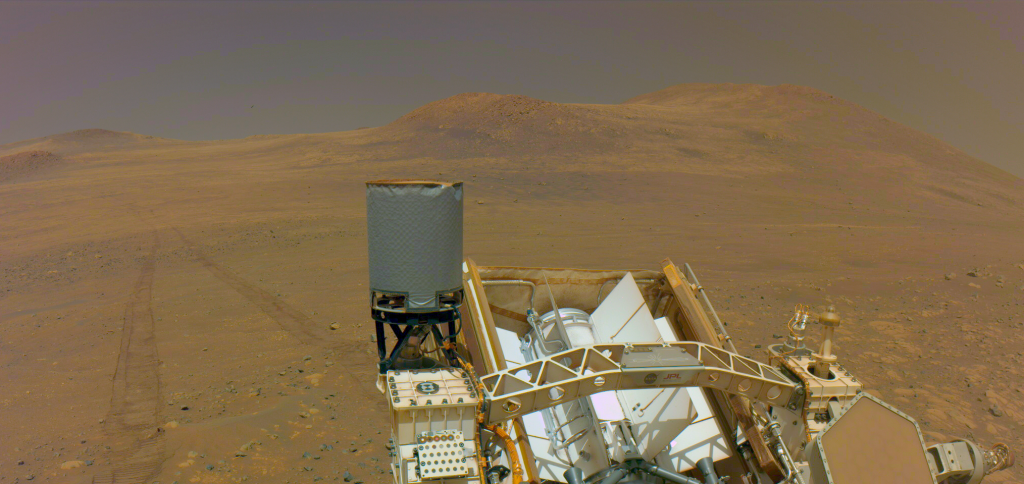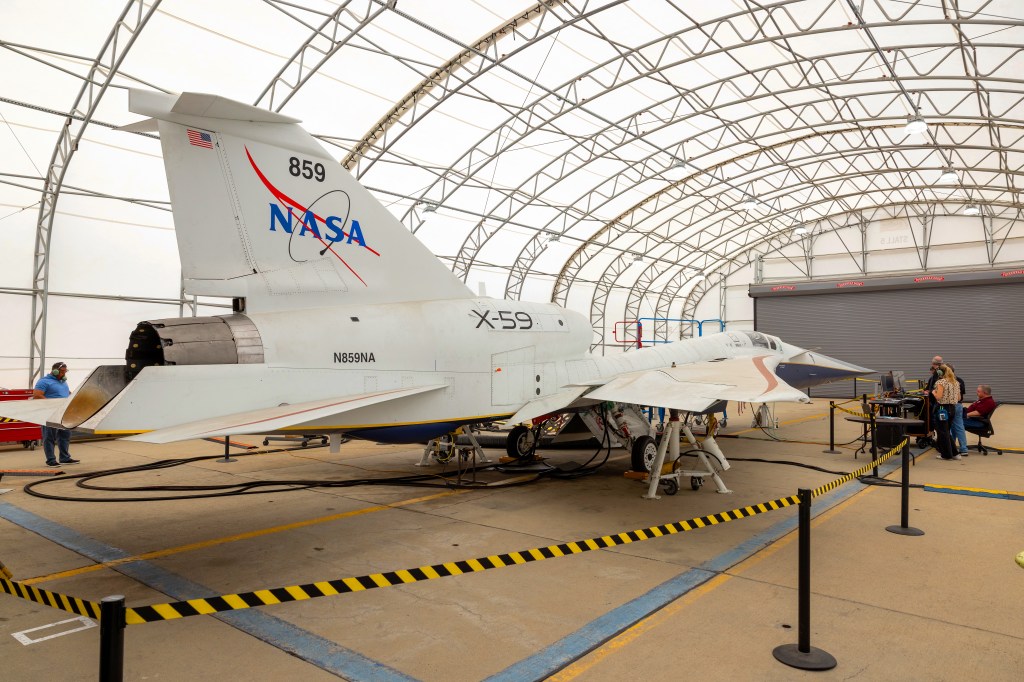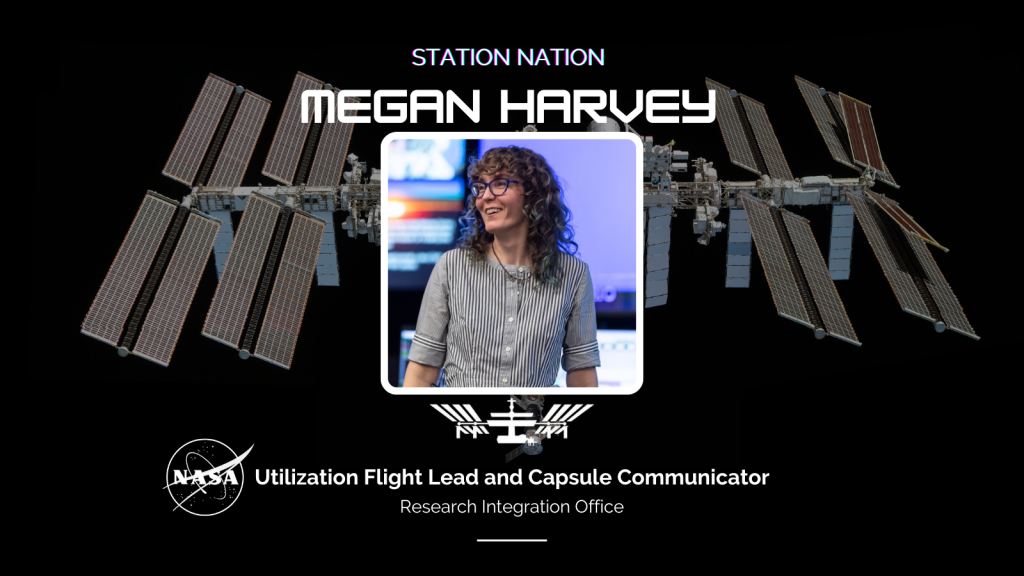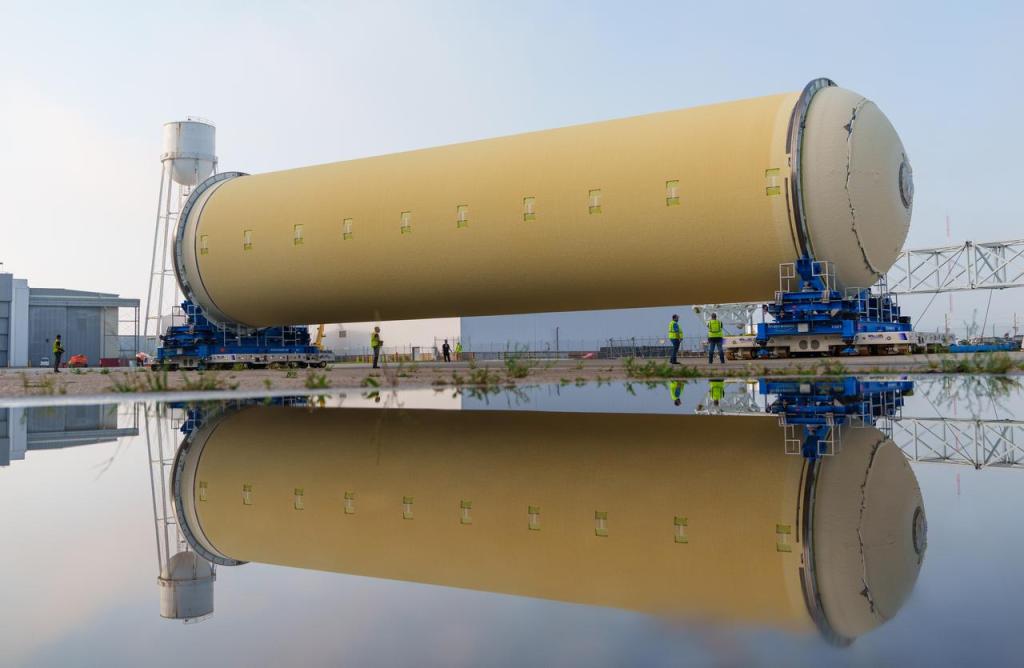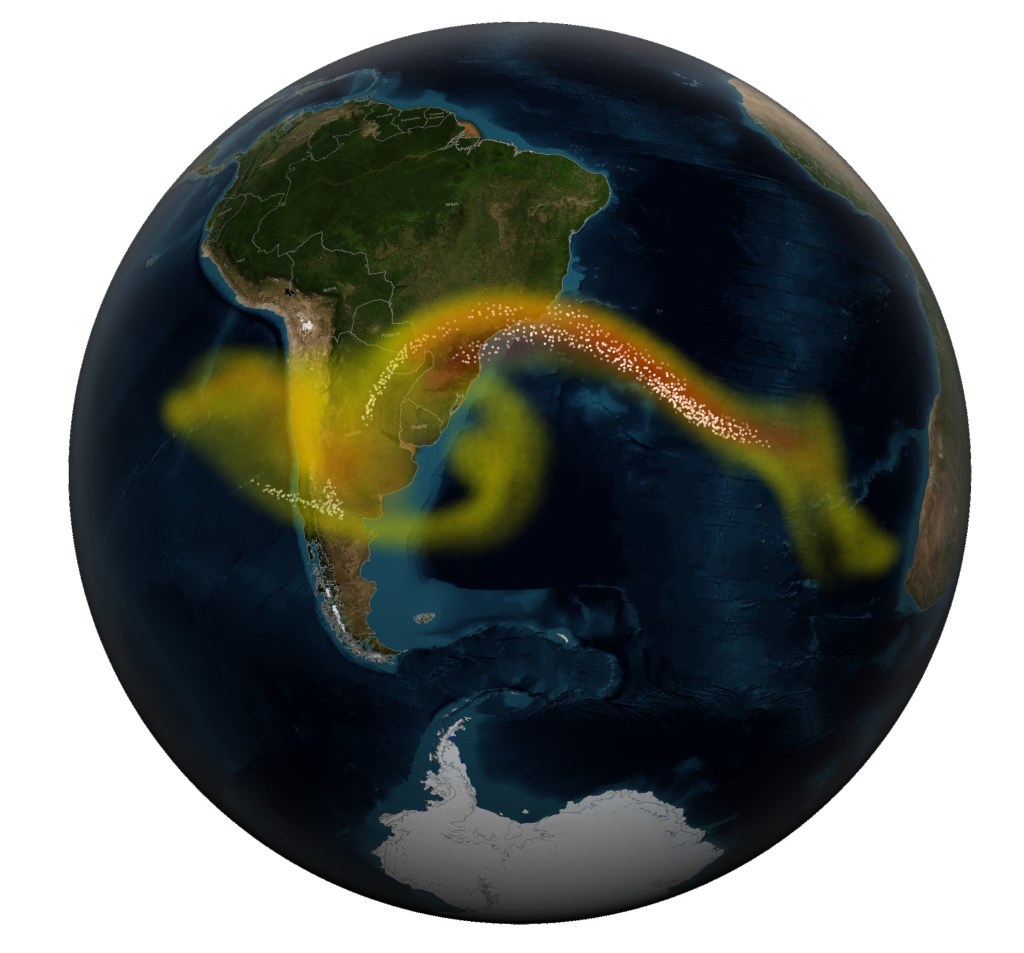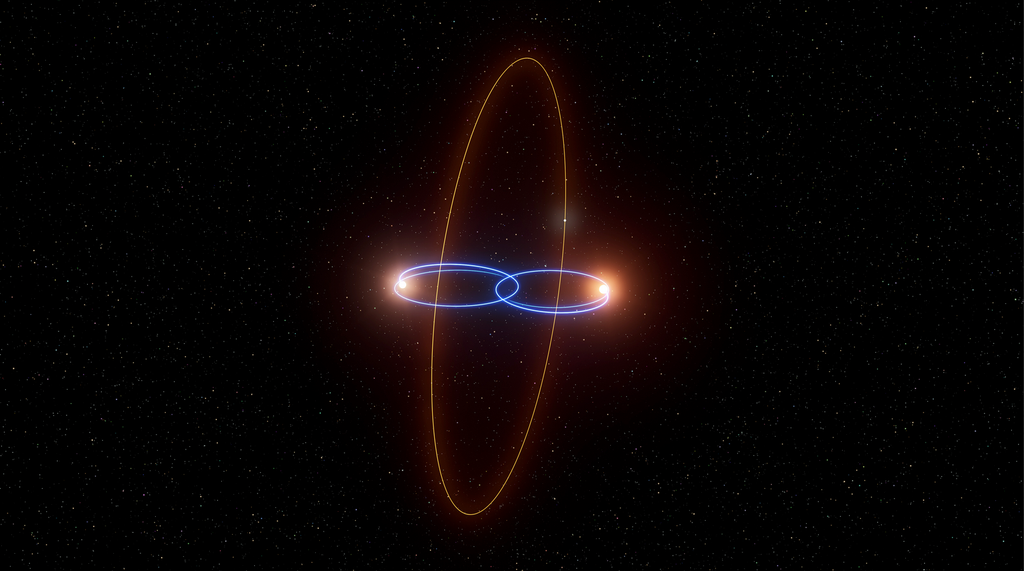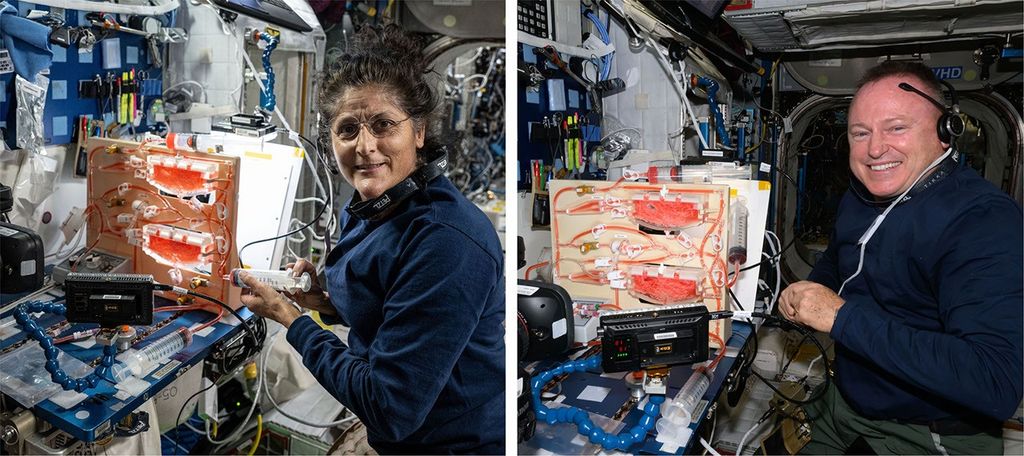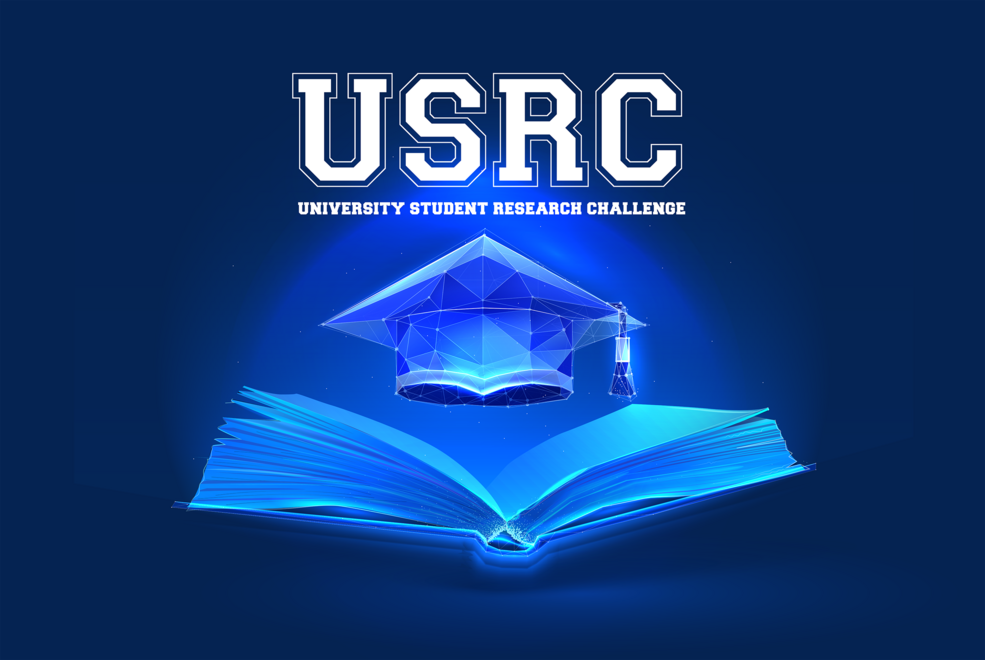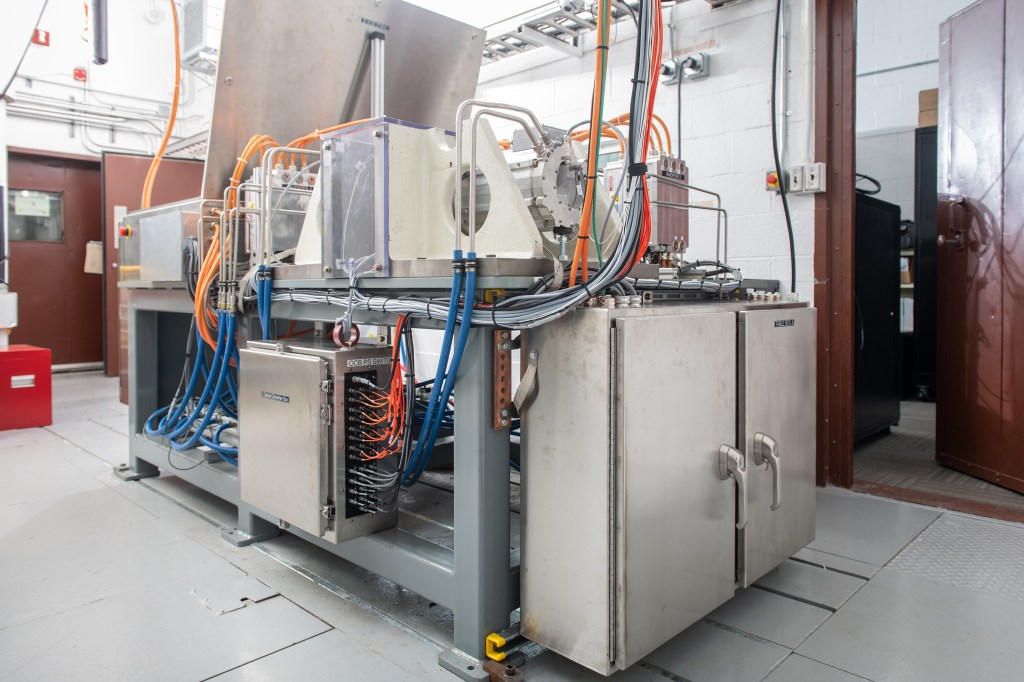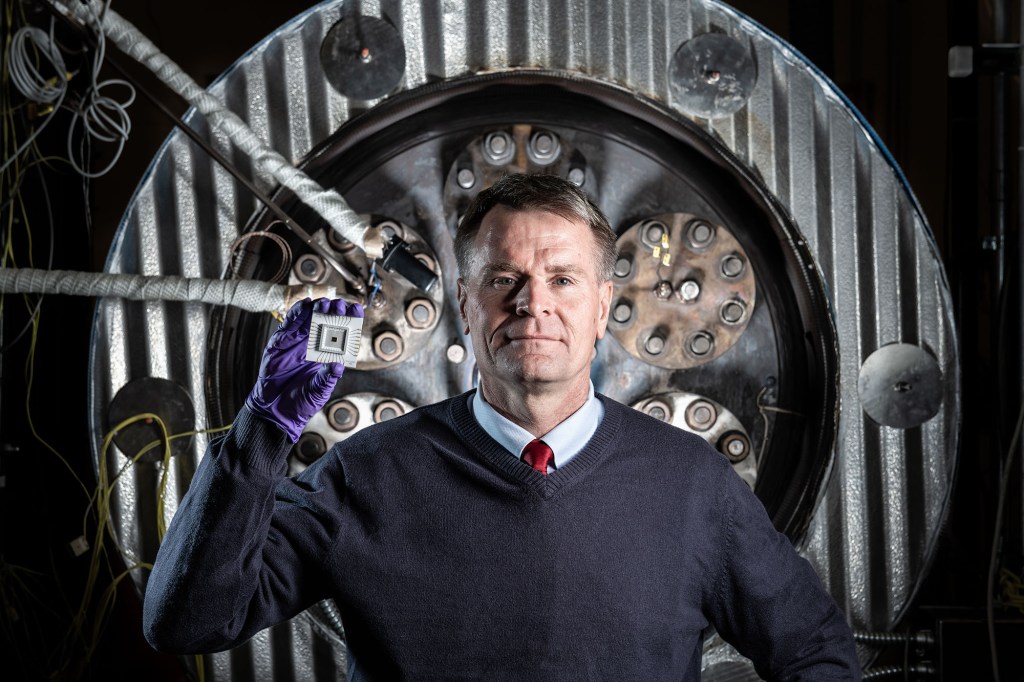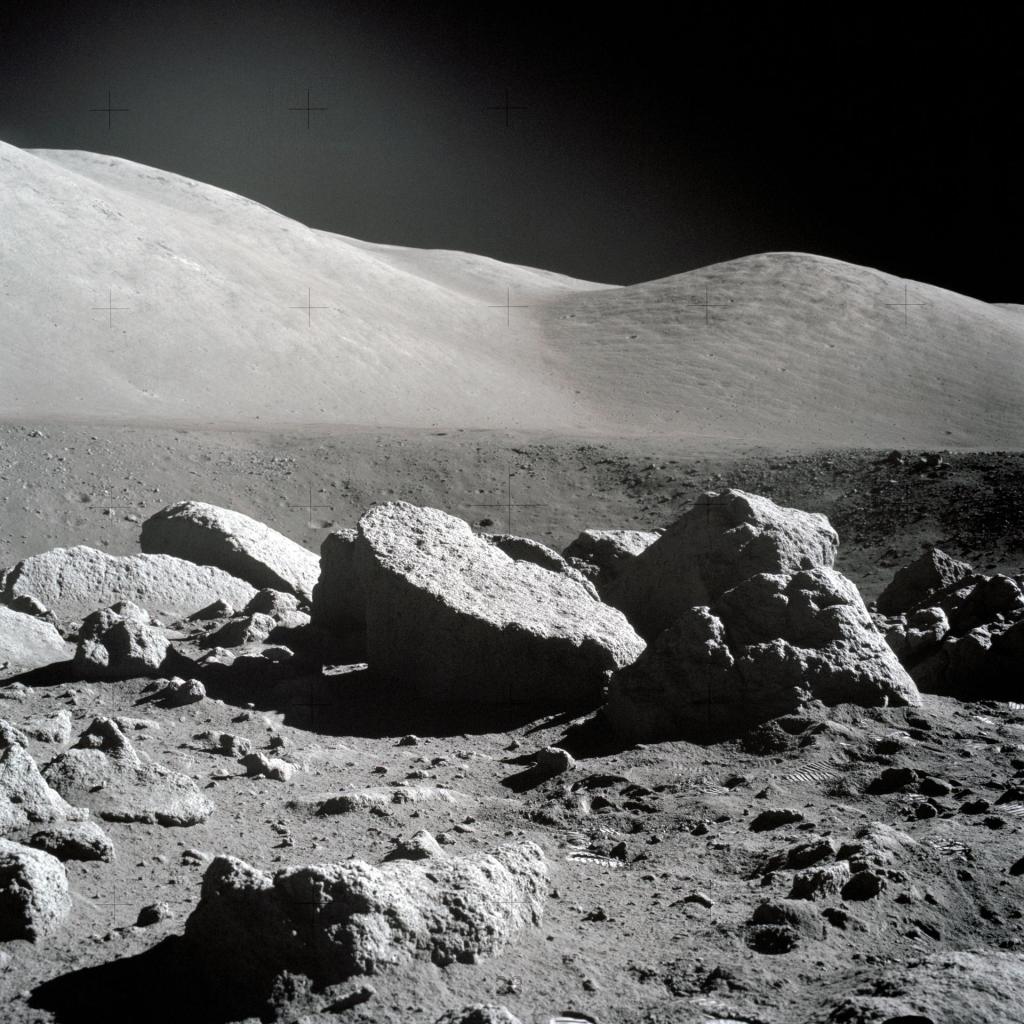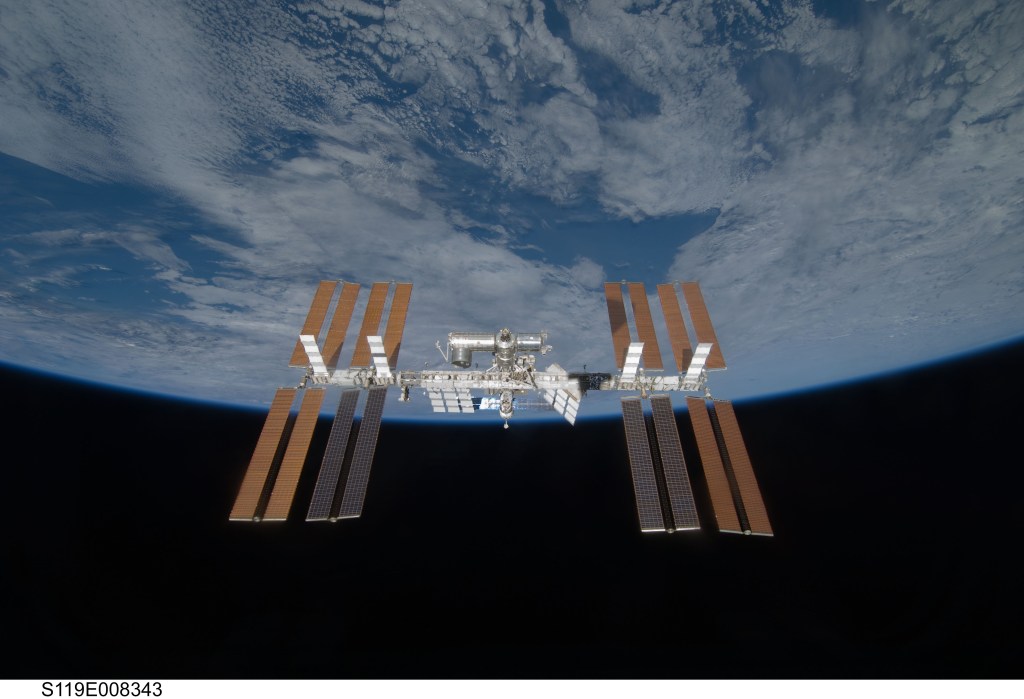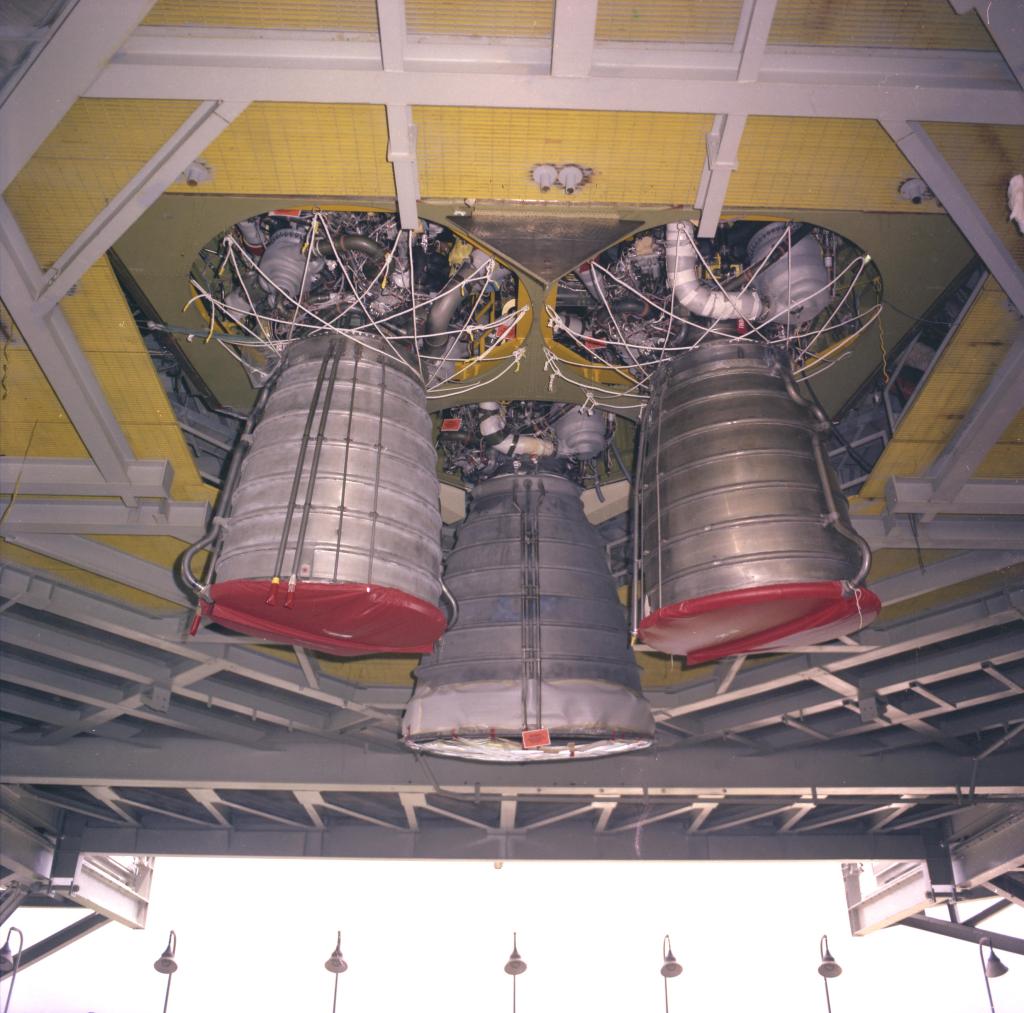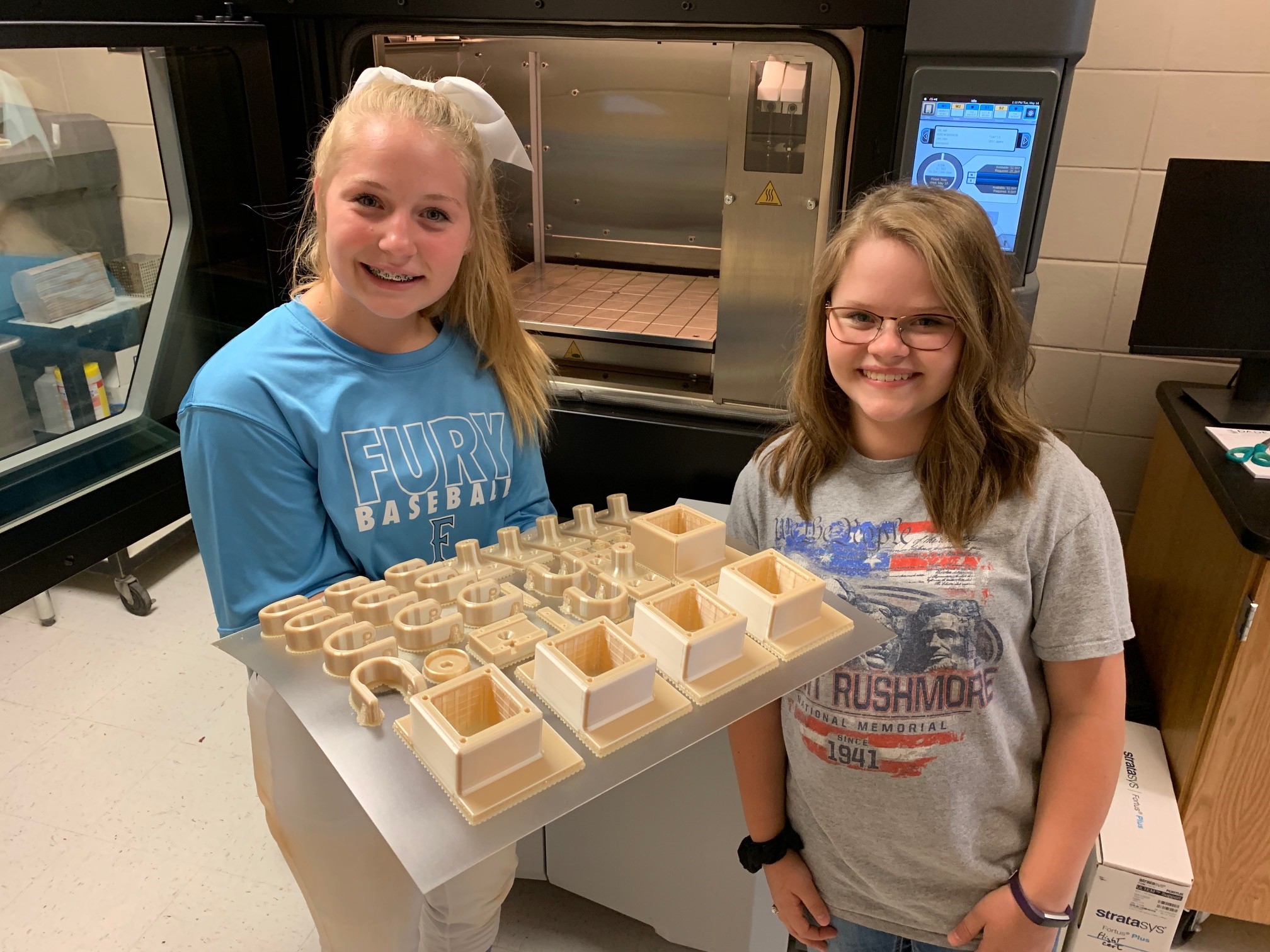
By Lauren Lambert
The HUNCH – High school students United with NASA to Create Hardware – Program has expanded its partnership opportunities to the Dade County, Georgia, school system in Trenton. Students will increase their advanced manufacturing capabilities by producing super-strength carbon fiber elements for NASA, the International Space Station, and future deep space products.
HUNCH was designed to inspire students through project-based learning. Students have opportunities to participate in six HUNCH focus areas — design and prototyping, software, hardware, sewn flight articles, video and media, and culinary arts.
“The astronauts will put in requests for things that they need on the space station, and essentially it is a wish list that gets cast out to school systems,” said Whitney Young, HUNCH Space Act Agreements manager at NASA’s Marshall Space Flight Center.
Schools can participate in HUNCH by meeting a set of minimal qualifications and having the capability to complete program requirements. To be a successful program, HUNCH organizers recommend that school faculties include teachers with prior experience in the focus area.
Once a school has qualified to work a HUNCH task, a Space Act Agreement is developed. NASA provides academic institutions expertise and guidance to further engage students with the design and fabrication of the products. Currently, there are 76 HUNCH Space Act Agreements across the country. Marshall holds 39 of those agreements, nine of which are new partnerships formed within the last year.
Dade County High School will use a newly acquired, high-end 3D carbon fiber-infused printer to carry out assignments. Dade County Middle School will continue to use its premium 3D printer to produce flight-ready high-temperature ULTEM plastic parts for the space station. ULTEM is semitransparent high-strength plastic material often used in electronic components. Dade County is the only school system in the NASA HUNCH Program to have these two valuable printing capabilities.
“With new partnership horizons and advanced manufacturing technologies, Dade County High School students will have opportunities that exceed many high school-level curriculums and capabilities that are in our program,” said Bob Zeek, HUNCH co-founder and project resource manager at Marshall.
HUNCH started in 2003 with two schools in Alabama and one in Houston. The program has produced more than 1,500 training and flight items for the space station program – representing approximately 30,000 individual parts with 824 assembled components flown to the station.
“The biggest thing in my job is seeing the light bulbs go off when students make the connection of taking a project or a task and knowing where it’s going to fly on the space station, when it’s going to fly, and the self-gratification,” Zeek said.
After completing a project, Zeek said that students feel satisfaction and pride knowing that their work is being put to use on the space station. “All of these factors go hand-in-hand with inspiring the next generation,” he added.
“This is a one-of-a-kind experience for the students in Dade County to kick-start their careers and interact with a piece of NASA,” Zeek said. “Empowering and inspiring the next generation of students is the key mission for the NASA HUNCH Program, and will certainly ring true in Trenton this year. “You never know, one of those students just might be the next NASA astronaut, engineer, or scientist.”
More information is available on the NASA HUNCH website.
Lambert, a NASA intern, is supporting Marshall’s Office of Strategic Analysis & Communications this fall.

